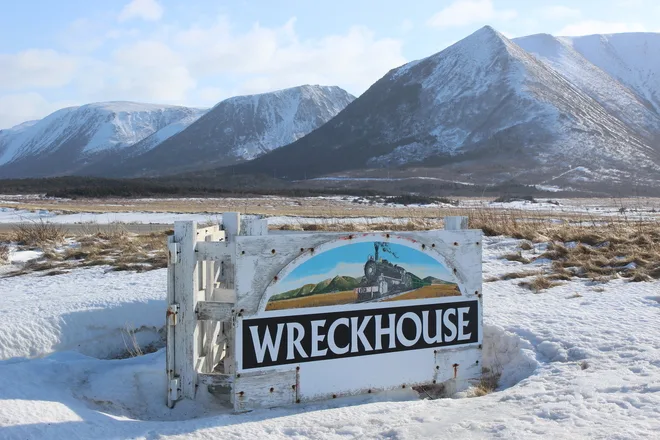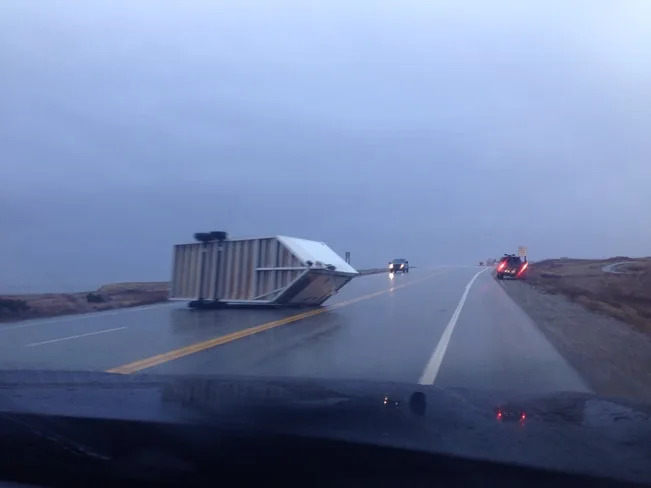
How Wreckhouse winds bring hurricane-force gusts to Newfoundland
How Newfoundland's famous winds reach hurricane speed.
Fall and winter storms can come with a powerful punch in southwestern Newfoundland, where winds can gust as high as 200 km/h. That's as strong as the wind in a Category 3 hurricane.
Wreckhouse winds -- and their Cape Breton cousins, Les Suêtes -- are, in part, a product of both Atlantic Canada's unique topography and its position at the eastern tip of North America.
Visit our Complete Guide to Fall 2019 for an in-depth look at the Fall Forecast, tips to plan for it and a sneak peek at the winter ahead
WHAT CAUSES WRECKHOUSE WINDS?
At the southern end of Newfoundland's Long Range Mountains and the western mouth of the Codroy Valley, the Wreckhouse region is famous for its powerful wind storms.
While the set-up for both is much the same, Wreckhouse winds tend to reach higher speeds than Les Suêtes, thanks to the particular topography of southwestern Newfoundland. The downsloping effect is still an essential component, as winds accelerate from the top of the roughly 500-metre plateau and streak down to the Gulf of St Lawrence.
The position of the Codroy Valley and Long Range Mountains give the winds an added boost, funnelling the broader flow into a narrower area. And there's an effective 'lid' on things, too, in the form of a temperature inversion.
SEE ALSO: What fuels Cape Breton's Les Suêtes winds?
WATCH BELOW: THE SET UP FOR A WRECKHOUSE WIND EVENT
With the Gulf Stream off to the east and the chilly Gulf of St Lawrence off to the west, Channel-Port aux Basques and the surrounding area sits positioned amid a very strong marine temperature gradient. That, in turn, sets the stage for a strong temperature inversion -- that is, a layer of warmer air sitting atop a colder layer.
While the inversion is well above sea level, it frequently ends up close to the same height as the tablelands themselves. That gives the easterly flow only a narrow space to squeak through between the terrain and the 'capping' layer of the inversion. It's a bit like putting your thumb over the end of a hose. If you narrow the opening without reducing the amount of water flowing in, and the water flowing out has to move faster.
Though they can occur at any point in the year, Wreckhouse wind events are most common in the winter, when Newfoundland typically ends up on the receiving end of rapidly-intensifying low-pressure systems from the U.S. Northeast, including the infamous 'weather bomb'. These storms are also generally more developed when they reach Newfoundland than they are over the Maritimes, giving Wreckhouse speeds another edge on Les Suêtes.

High winds cause damage at Wreckhouse. Image courtesy Alice MacPherson, Channel-Port aux Basques, Newfoundland and Labrador. Dec 18 2014.
The Newfoundland Railway, which often suffered derailments thanks to the Wreckhouse winds, no longer runs through the region, but the winds still pose a hazard to higher-profile vehicles.
Sources: AMS
Thumbnail image: Harrison Bragg, April 1 2014.